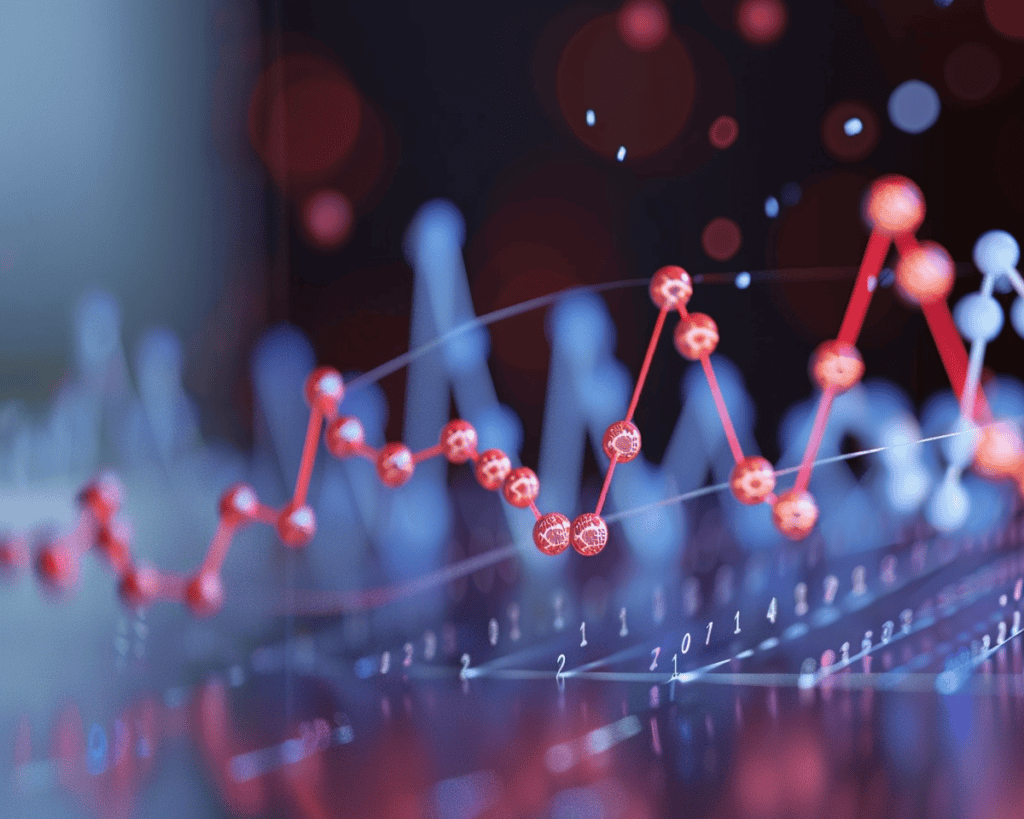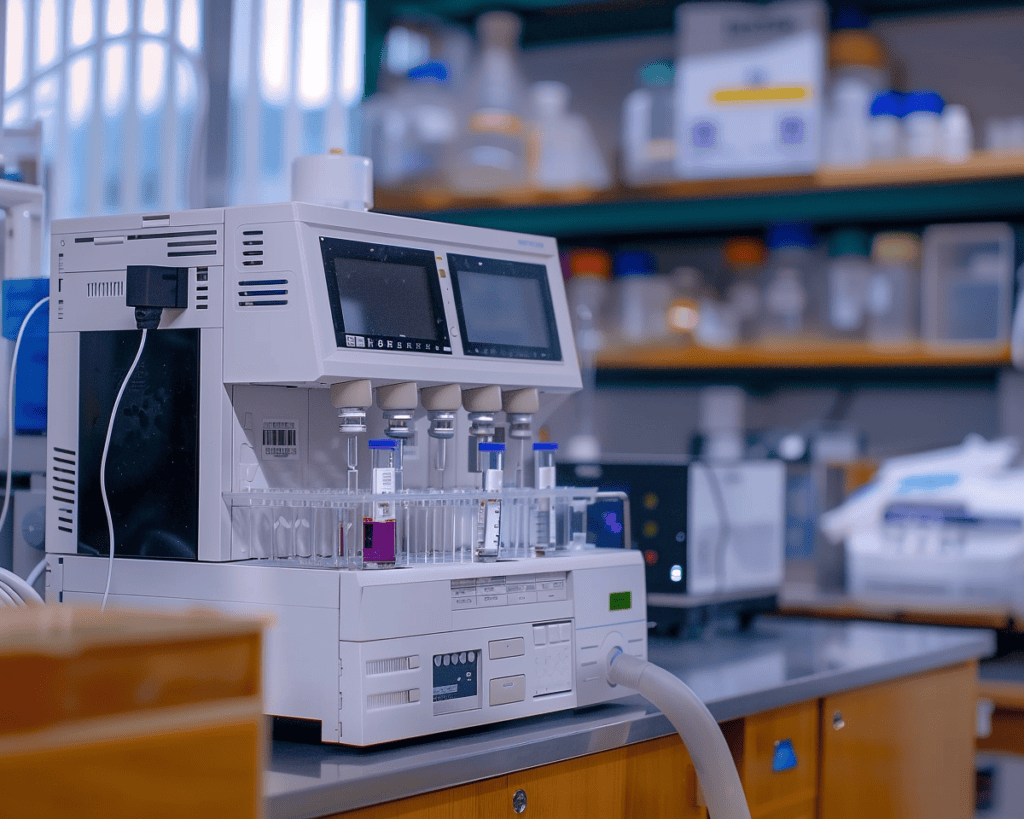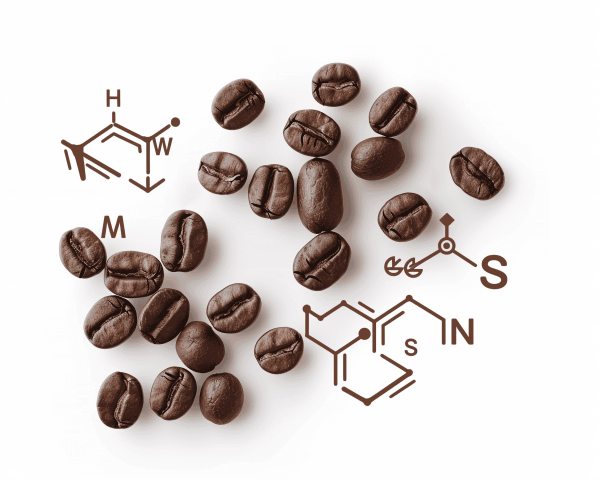Hey there! Ever wondered why caffeine is such a popular choice for HPLC (High-Performance Liquid Chromatography) calibration? It’s a fascinating topic, especially if you’re into biotechnology or chemistry. Let’s dive into it together and explore the reasons behind this choice. I promise, I’ll keep it conversational and easy to understand. Feel free to ask questions along the way!
What is HPLC and Why Calibration is Important?
HPLC Explained
So, what exactly is HPLC? In simple terms, HPLC is a technique in analytical chemistry used to separate, identify, and quantify each component in a mixture. It’s like a super-sophisticated coffee filter that separates all the different compounds in your cup. But instead of coffee, it’s used for all sorts of samples in biotechnology, pharmaceuticals, and more.
The Need for Calibration
Why bother calibrating? Imagine trying to weigh something on a scale that’s off by a few grams. You’d get inaccurate results, right? Calibration ensures that the HPLC system gives accurate and precise measurements. It’s like making sure your weighing scale is spot on.


Why Caffeine?
Universality and Availability
One of the main reasons caffeine is used for HPLC calibration is its universal availability. Whether you’re in a high-tech lab in New York or a small setup in rural India, you can easily get your hands on caffeine. Plus, it’s relatively inexpensive. Isn’t it amazing how something as common as caffeine can be so crucial in scientific research?
Well-Defined Peaks
Caffeine produces well-defined peaks in HPLC analysis. This clarity is essential for calibration because it helps in accurately determining the system’s performance. Have you ever tried to draw a straight line without a ruler? It’s tough! Similarly, well-defined peaks act like that ruler, helping scientists ensure precision.
Stability and Solubility
Caffeine is stable and soluble in various solvents, making it an ideal candidate for calibration. Stability is key because you don’t want your calibration substance breaking down or reacting during the process. It’s like having a reliable friend you can count on every time you need help.
Detection at Multiple Wavelengths
Caffeine can be detected at multiple wavelengths, which is a huge advantage in HPLC calibration. This versatility allows for more accurate and versatile calibration. Imagine having a multi-tool that can fix various issues – that’s what caffeine does for HPLC.
The Science Behind It
Chemical Properties
Caffeine’s chemical properties make it suitable for HPLC calibration. It has a moderate molecular weight and a structure that interacts well with different phases in chromatography. This interaction ensures that the calibration is accurate across various conditions. Think of it like a universal adapter that works with all your electronic devices.
Reproducibility
Reproducibility is crucial in scientific experiments, and caffeine provides consistent results across different trials and conditions. This consistency is vital for reliable calibration. Imagine baking a cake and having it turn out perfect every single time – that’s the kind of reliability caffeine brings to HPLC.


Practical Applications
Pharmaceutical Industry
In the pharmaceutical industry, accurate measurement is critical. Caffeine’s reliability in HPLC calibration ensures that drugs are measured accurately, leading to safer and more effective medications. Can you imagine the importance of precision when it comes to something as vital as medication?
Research and Development
For researchers, having a dependable calibration standard like caffeine means more accurate and reproducible results, leading to better scientific discoveries. It’s like having a solid foundation when building a house – everything else relies on that initial stability.
Challenges and Considerations
Potential Interferences
While caffeine is great for calibration, it’s not without its challenges. There can be potential interferences from other compounds in the sample matrix. Scientists need to account for these to ensure accurate calibration. It’s a bit like tuning a guitar – sometimes, you have to make small adjustments to get it just right.
Environmental Factors
Environmental factors such as temperature and pH can affect caffeine’s stability and solubility. Calibration processes must consider these factors to maintain accuracy. Think of it like adjusting your car’s tire pressure depending on the weather – it’s those little tweaks that keep everything running smoothly.
Conclusion
So, why is caffeine used for HPLC calibration? Its universal availability, well-defined peaks, stability, solubility, and ability to be detected at multiple wavelengths make it an ideal choice. It’s a reliable, cost-effective, and efficient standard that ensures accuracy in HPLC analyses.
What do you think? Have you ever worked with HPLC or used caffeine in your experiments? I’d love to hear your thoughts and experiences!
For more detailed information, you can check out resources from Thermo Fisher Scientific and Agilent Technologies.
Feel free to reach out if you have any questions or need further information on HPLC calibration. Let’s keep the conversation going!
If you’re on the lookout for high-quality HPLC vials at sensible pricing, consider Mastelf. With over 13 years of experience in chromatography vials, we can help you find the exact vials you need for your applications.
Our expertise ensures that you get reliable and precise products tailored to your specific requirements. Whether you’re in pharmaceuticals, research, or any other industry relying on HPLC, we understand your needs and are here to support you in making the right purchase.
Reach out to Mastelf, and let us assist you in procuring the perfect vials for your work.
References:
- Thermo Fisher Scientific. “What is HPLC?” Retrieved from Thermo Fisher Scientific
- Agilent Technologies. “HPLC Calibration.” Retrieved from Agilent Technologies











